As it is with any board sport, some riders stand with their right foot forward and others with their left.
Most surfers will surf with their strong foot at the tail of their board (this often coincides with their predominant hand), and maintain this stance throughout their surfing lives.
Switchfoot, on the other hand, is the ability to ride with either foot in front.
Being able to switch your stance comes with numerous benefits but will take time and effort to perfect.
- What Exactly Is Switch Foot Surfing?
- Is It Harder to Surf Switchfoot?
- Is It Possible for Everyone to Surf Switchfoot?
- 5 Benefits of Learning to Surf Switchfoot
- Are There Any Downsides to Riding Switch?
- How Do You Switch Feet?
- Can You Permanently Change From Goofy to Natural?
- Is It Better to Surf Goofy or Natural?
- Should I Practice Surfing Switchfoot?
- Conclusion
- You Might Also Like…
What Exactly Is Switch Foot Surfing?
As mentioned above, most people have a “strong” or predominant side of their body.
This is often, but not always, related to our favored hand.
Because of this, when we first stand on a surfboard we have a natural inclination to face a certain direction (right foot towards to the front or the back).
According to the Washington Post, 90% of the world’s population is dominated by their right side, and are therefore more likely to stand up with their right foot at the back of the surfboard.
This, in the board riding world, is known as regular stance.
On the flip side of regular is goofy (mostly for the lefties) where the surfers left foot is near their board’s tail.
Surfing switchfoot is simply switching your stance around to face the other way.
For example, if you are regular footed, then you surf goofy, and vice versa.
Is It Harder to Surf Switchfoot?
It does not matter how good of a surfer you are, if you have never tried switching your feet, you are almost definitely going to fall on your face.
That being said, if you have been surfing switch foot for years, you could argue that it is as easy as surfing normally.
The point is, it depends who you ask, but moving from your comfortable surfing stance to switchfoot is going to be a challenge, and feel as though it is your first time surfing again.
Is It Possible for Everyone to Surf Switchfoot?
Everyone can learn to surf switch foot if they wish, but this is not to say that everyone will be able to surf switch feet well.
Some people are naturally more talented at using both the left and right sides of their body than others, which will make this change easier.
Just as writing with your “wrong” hand will be tough and messy at first, but over time will become neater, so it is equally the case with surfing switchfoot.
5 Benefits of Learning to Surf Switchfoot
Whether it is directly related to surfing or simply broad cognitive benefits, there is no arguing that there are advantages to learning how to surf switchfoot (or at least trying to).
1. Wave Versatility
Most surfers find it easier to surf front side (surfing with your body towards the face of the wave) because they can easily see the wave and what it is doing.
In calmer surf, surfing backside can be just as easy, but when you start turning towards some of the world’s more gnarly waves, having the ability to drop in front side no matter what way the wave is breaking will give you an edge over everyone else in the water.
2. Trains Underused Muscles
By switching up your stance, you provide your body an opportunity to train less used muscles.
Surfing is an amazing workout and will do wonders for your endurance and strength and may even improve your posture, but when we focus on a single method and technique, we become unbalanced.
As we tend to focus on a single side of our body, many of our muscles become underused and we may develop a muscular imbalance.
By learning to surf switch foot you will begin to engage some of the muscles that are otherwise left unnoticed.
3. Balance Training
As your stance will be different, so will the way you balance.
This may be tricky at first as you will not be used to balancing with a different back foot.
The upside to this is that training your balance while riding switch foot will significantly improve your normal stance.
This is because your core muscles will be more balanced in their endurance and strength.
4. Improves Awareness
Learning something new takes concentration.
Yes, you already know how to surf, but trying to stand up and stay up will seem like a whole new game when turning to switchfoot.
Because you have not built up muscle memory, each movement you make will require heightened attention since you can’t go on “autopilot” yet.
This will not only help you learn faster but will trickle down into other aspects of your surfing.
5. Cognitive Training
Using the non-dominant side of your body has been shown to improve the neural connections between the right and left hemispheres of your brain, and in some cases, can create new ones.
This can lead to higher levels of creativity, a mood boost, and better decision-making.
This will not only help with making quick and wise choices while surfing but will add to your everyday, out-of-the-water experiences.
Are There Any Downsides to Riding Switch?
If you have mastered surfing switchfoot and can barely tell the difference when you change your stance, then it is unlikely you will find any downsides in doing so.
The cons of surfing switch are more likely to arise when you are learning to perfect the art.
Because you will be unstable and not have perfect control of your board when first riding switch, you can become a hazard to others in the water by losing control and colliding with other surfers.
It is important to only practice switch when there are no crowds. In this case, you should think of yourself as an absolute beginner surfer.
Furthermore, you should expect to fall off, and miss many waves.
This may not seem obvious at first, but remember, popping up and riding switchfoot is new, and will have a steep learning curve (although not as much as the first few times you surfed).
How Do You Switch Feet?
Unfortunately, there is no secret formula that will allow you to simply hop onto your surfboard in switch and ride away.
Learning how to switch your feet will take practice, and for a while will feel like you have started surfing all over again.
That being said, there are a few things you can do to make the change easier:
- Practice out of the water on longboards, skateboards, and balance boards.
- Start with the biggest surfboard you have and progress to smaller boards as your balance improves.
- Accept that you need to ride the white water like you did when you first started surfing. This will provide you with more of an opportunity to practice your pop-up and new stance.
- Train your brain to use the other side of your body by performing daily tasks with your non-dominant hand and foot.
Some examples could be brushing your teeth with the other hand, kicking a ball with the other foot, or simply taking a different route home from work.
Can You Permanently Change From Goofy to Natural?
According to Clare Porac, a psychology professor at Penn State Erie, humans are born either with the “right-hand gene” or a “chance gene”.
The chance gene will either result in a left-dominated person or a right.
For the individual to be left dominated, both parents will need the gene and the “chance” gene will need to “choose” left.
As mentioned at the beginning of the article, this happens around 10% of the time.
As the population is 90% right-dominated, it is often found that lefties find it easier to change their dominant sides because of the practice of worldly tasks.
This is not to say that right-dominated individuals can’t change, nor does it mean that training the non-dominant side of your body will be permanent.
With time and practice, it is possible to train yourself to ride both goofy and regular at the same level, but this does not mean it is permanent.
If you are a leftie and stop practicing your regular stance, then the skill will fade.
This is similar to switching from goofy to regular, and never surfing goody again.
By doing this you will lose the ability to comfortably surf with your left foot back.
This happens to many people around the world when they have accidents that require them to switch their dominant hands.
Over years, they lose functionality in their originally dominant hand.
Is It Better to Surf Goofy or Natural?
There is no significant benefit to surfing goofy or regular.
The only time you are likely to notice any benefits from surfing regular is when you are riding a wave breaking to the right.
This is simply because you will be riding front side. The same is true for goofy surfers and left side breaking waves.
Should I Practice Surfing Switchfoot?
There are undeniable benefits to learning how to surf switchfoot, and every surfer will find some joy in the challenge.
That being said, there is no point in learning how to ride switch if you have not mastered your normal stance.
When you are comfortable popping up, staying up, and turning your board, you may want to add the challenge of learning to surf switch.
Until that stage, there is no point in switching up your stance.
Conclusion
Learning to surf switchfoot is an art – one which not many surfers have perfected.
Having the ability to switch your feet will allow you to ride front side (or backside) on any wave, improve your motor skills, and ultimately make you a better surfer.
There are advantages to switching up our routines, and this is true when it comes to surfing.
You Might Also Like…
-

Do Surfers Ride Switchfoot? 5 Benefits (& Why You Should Learn It)
-

Do Surfers Shave Their Legs? 5 Common Reasons (+Pros & Cons)
-

Do Surfers Wear Helmets? 8 Situations You Should Wear One (+4 Cons)
-

Do Surfers Poop in the Ocean? Myths & Facts (+5 Tips)
-
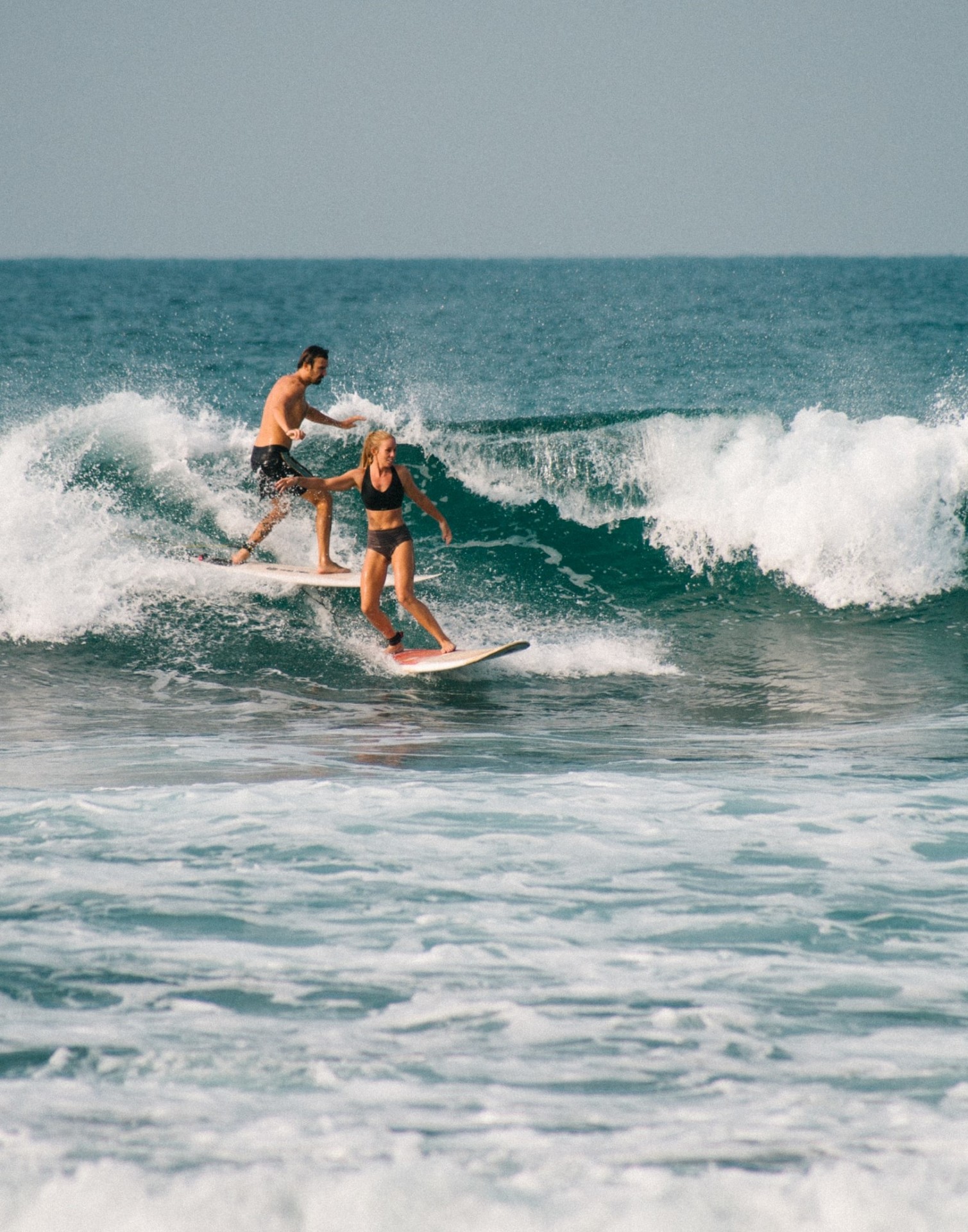
Do Surfers Run Into Each Other? 5 Common Reasons (+8 Tips)
-
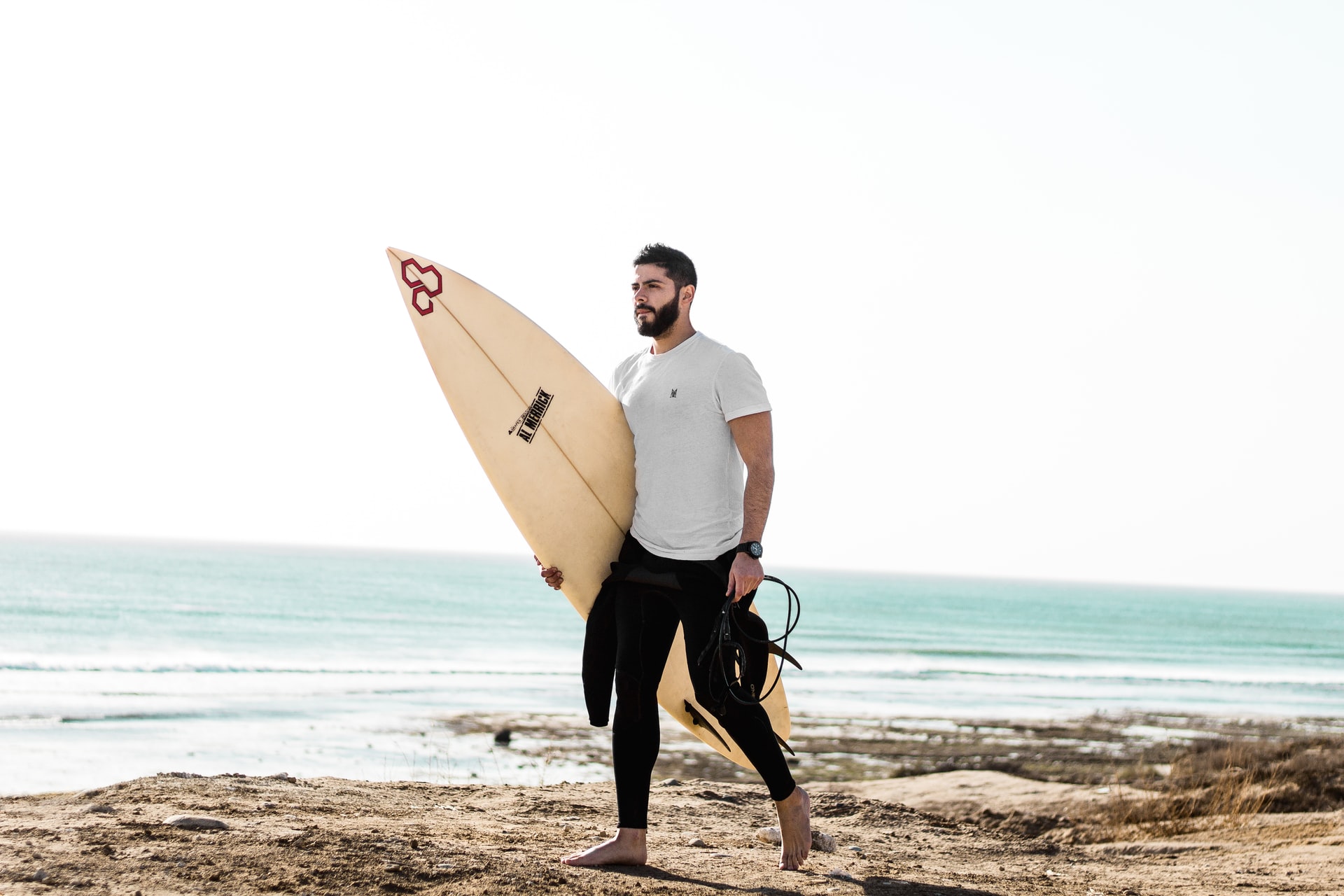
Do Surfers Have Beards? Pros & Cons You Should Know (+4 Tips)
-
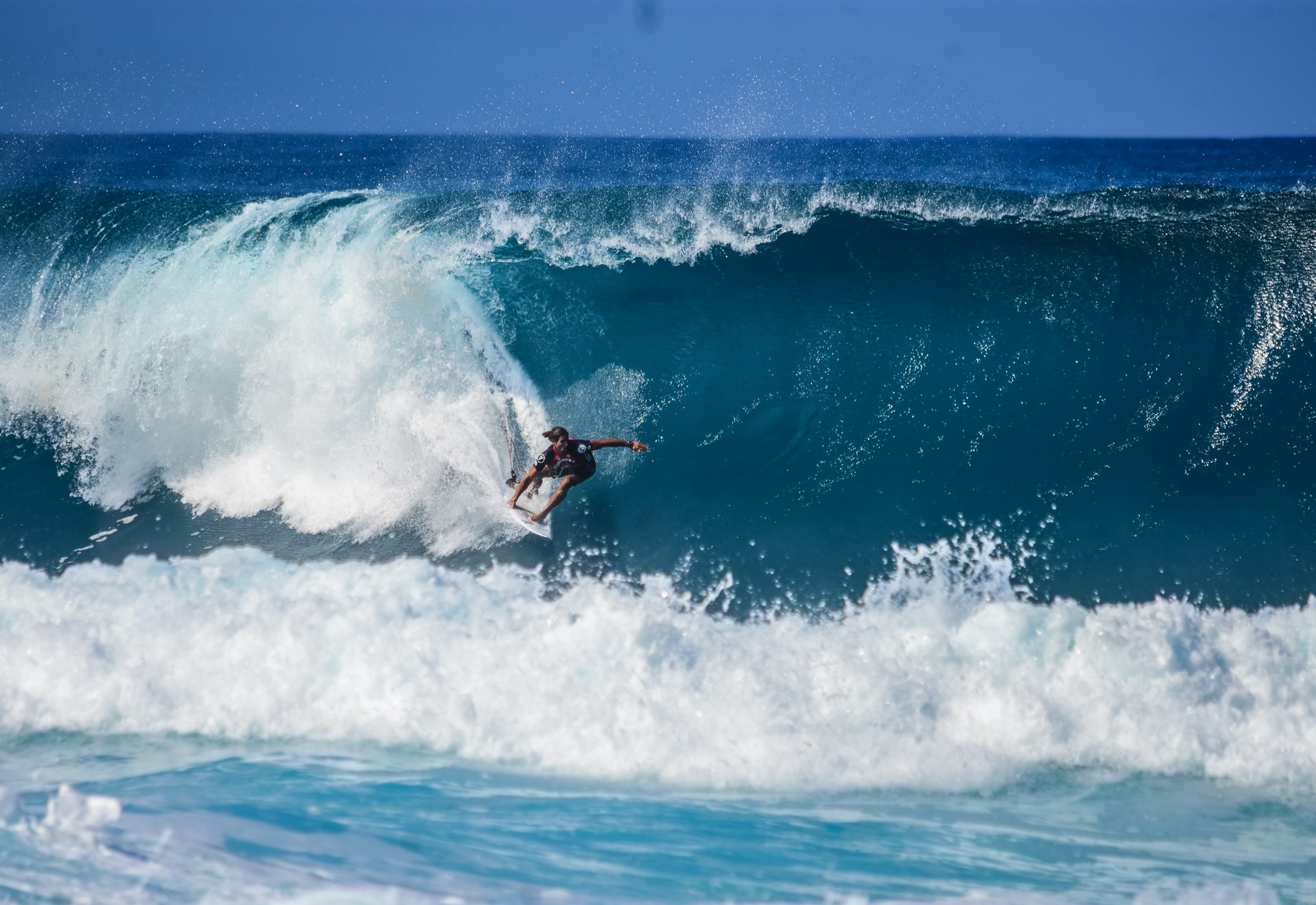
Do Surfers Like Constructive or Destructive Waves? (+Pros & Cons)
-

How to Surf Safely: 34 Crucial Tips (Every Surfer Should Know)
-
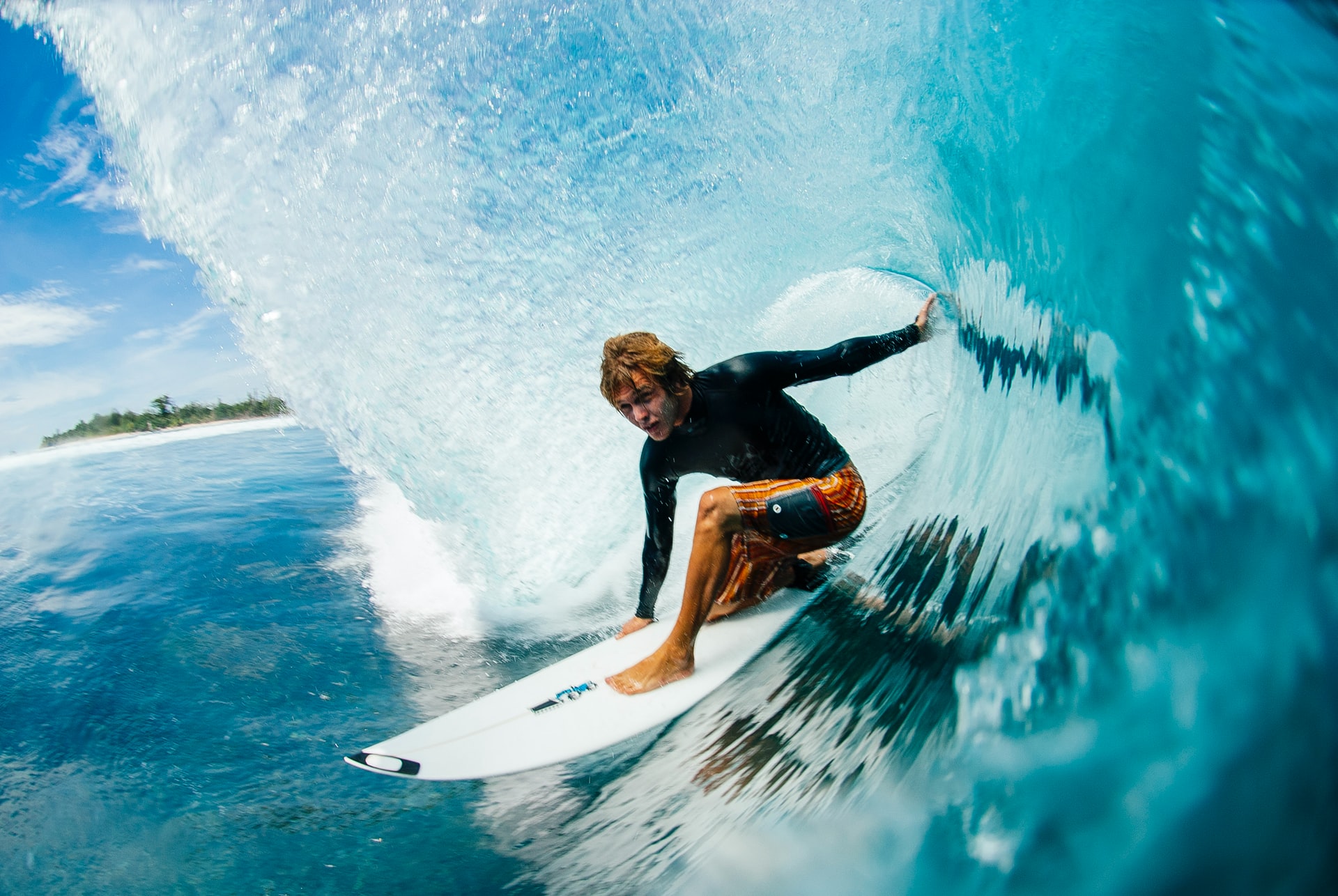
Do Pro Surfers Use Leashes? (+6 Reasons Why You Should Too)
-

Do Many Surfers Drown? Here Are the Facts (+4 Common Reasons)
-
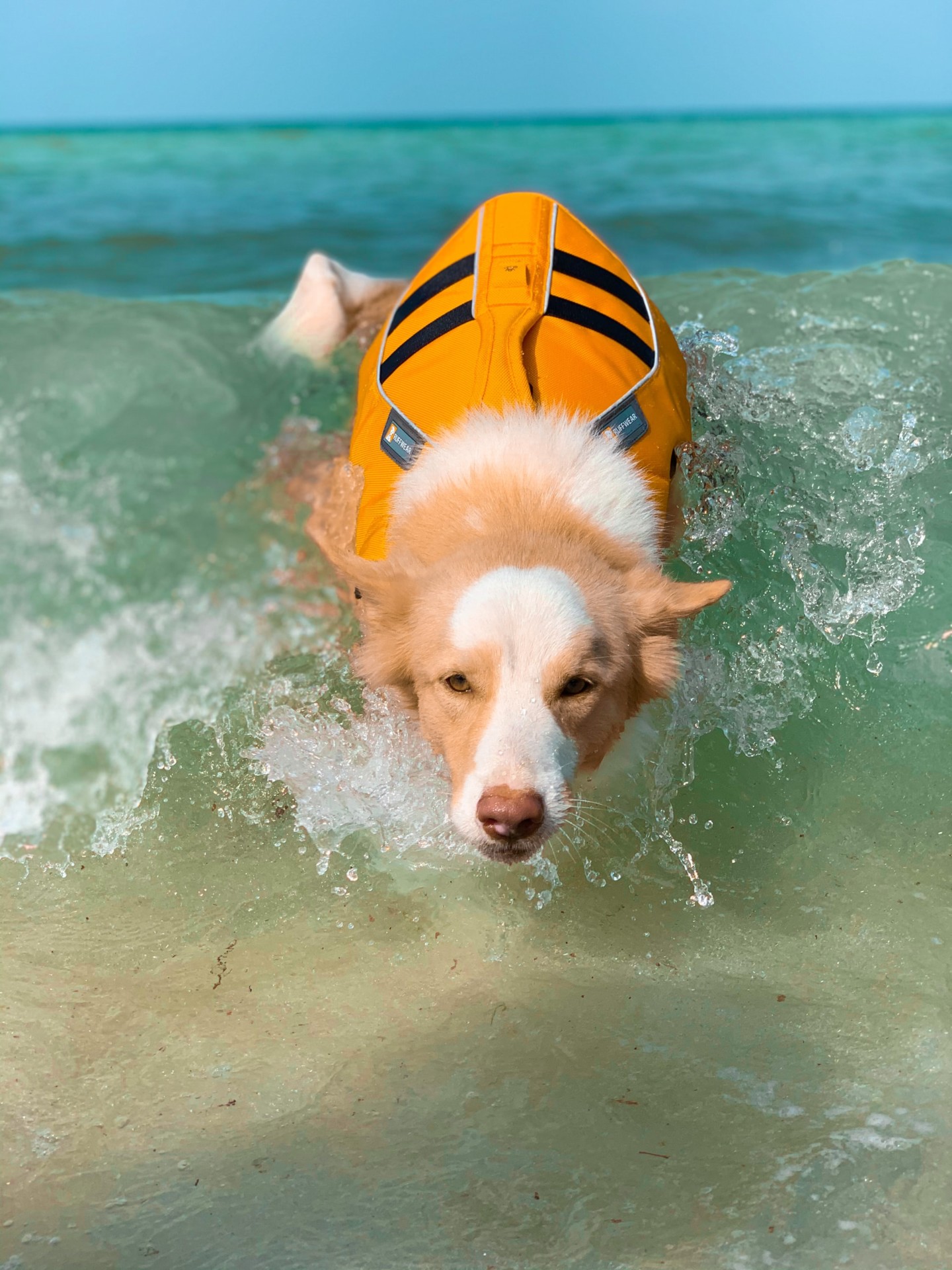
Do Surfers Wear Life Jackets? (7 Reasons Why They Don’t)
-

Do Surfers Like Rip Currents? (& How to Use Them Safely)






